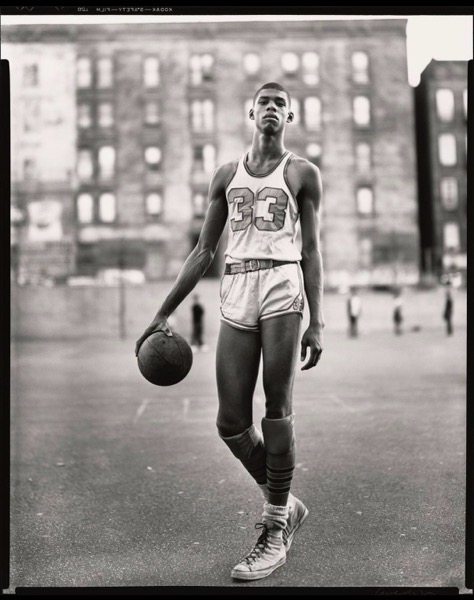In 1977, we humans did something audacious. We launched Voyager 1 towards the outer planets, with an idea that maybe we’d get more. It was the second craft, after its sibling Voyager 2, to fly past Jupiter, and was the first to take close-up photos of Jupiter’s moons when it arrived there some 18 months later. By 1980 Saturn was in its sights, where it gave us the first images of Titan and Tethys.
By the end of 1980, it entered what NASA referred to as its “extended mission,” flying ever father from Earth. In 1990, just before its camera shut down forever, its operators pivoted it to take the famous Pale Blue Dot photograph, about which Carl Sagan said:
That’s here. That’s home. That’s us. On it everyone you love, everyone you know, everyone you ever heard of, every human being who ever was, lived out their lives. The aggregate of our joy and suffering, thousands of confident religions, ideologies, and economic doctrines, every hunter and forager, every hero and coward, every creator and destroyer of civilization, every king and peasant, every young couple in love, every mother and father, hopeful child, inventor and explorer, every teacher of morals, every corrupt politician, every “superstar,” every “supreme leader,” every saint and sinner in the history of our species lived there – on a mote of dust suspended in a sunbeam.
Voyager was built in the 1970s, with the technology available in those years. Over time, the radioactive isotopes it uses for energy have decayed, as they are wont to do, and with that decay came a gradual loss of power. Systems had to be shut down, one after the other, including the aforementioned camera (though one wonders how much of a loss that was; where it is, there is nothing to see).
It left the Solar System 14 years ago, and kept going. They thought we might get a solid 3 years out of it, and yet here we are, four decades later, talking about it.
Voyager 1 is the farthest spacecraft from Earth, and the margin is not close. It is some 15 billion kilometers away now. Radio signals from Earth take some 22 hours to reach it. The reply takes, of course, another 22. That record is unlikely to be broken; as noted here, there are only two others in the race: Voyager 2 and New Horizons, and due to mission parameters both will likely die well before they exceed Voyager’s distance.
Voyager, though, is dying. In December the data stream back from it — data that spent 22 hours in transit — became gibberish. Nobody knows why; it could be a thousand thousand things, but there is no way to fix it. CrookedTimber continues:
Voyager Mission Control used to be a couple of big rooms full of busy people, computers, giant screens. Now it’s a single room in a small office building in the San Gabriel Valley, in between a dog training school and a McDonalds. The Mission Control team is a handful of people, none of them young, several well past retirement age.
And they’re trying to fix the problem. But right now, it doesn’t look good. You can’t just download a new OS from 15 billion kilometers away. They would have to figure out the problem, figure out if a workaround is possible, and then apply it… all with a round-trip time of 45 hours for every communication with a probe that is flying away from us at a million miles a day. They’re trying, but nobody likes their odds.
So at some point — not tomorrow, not next week, but at some point in the next few months — they’ll probably have to admit defeat. And then they’ll declare Voyager 1 officially over, dead and done, the end of a long song.
(See also: It’s Quieter in the Twilight, and excellent documentary from last year about the folks still working on Voyager.)
Of course, even dead Voyager will continue moving, forever, unless it hits something. It’s not pointed towards any star we know, but that could change in a long enough time scale. After billions of years (yes!), our Milky Way galaxy will collide with its neighbor, Andromeda. From this article:
After those 5 billion years, modeling is tricky. That’s when the Milky Way is due to collide with its massive neighbor, the Andromeda galaxy, and things get messy. “The orderly spiral shape will be severely warped, and possibly destroyed entirely,” Oberg said. The Voyagers will be caught up in the merger, with the details difficult to predict so far in advance.
Meanwhile, the vicarious sightseeing continues. Oberg and his colleague calculated that in this 5-billion-year model-friendly period, each of the Voyagers likely visits a star besides our sun within about 150 times the distance between Earth and the sun, or three times the distance between the sun and Pluto at the dwarf planet’s most distant point.
Precisely which star that might be, however, is tricky — it may not even be a star we know today.
“While neither Voyager is likely to get particularly close to any star before the galaxies collide, the craft are likely to at least pass through the outskirts of some [star] system,” Oberg said. “The very strange part is that that actually might be a system that does not yet exist, of a star that has yet to be born.”






